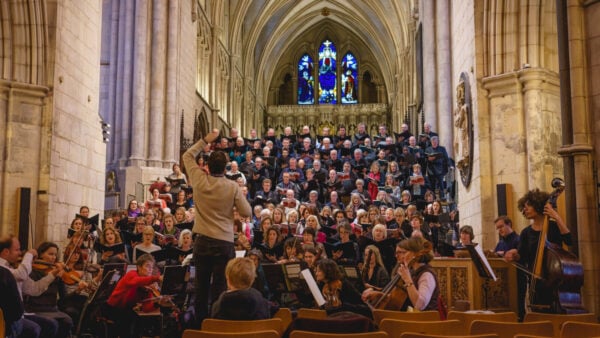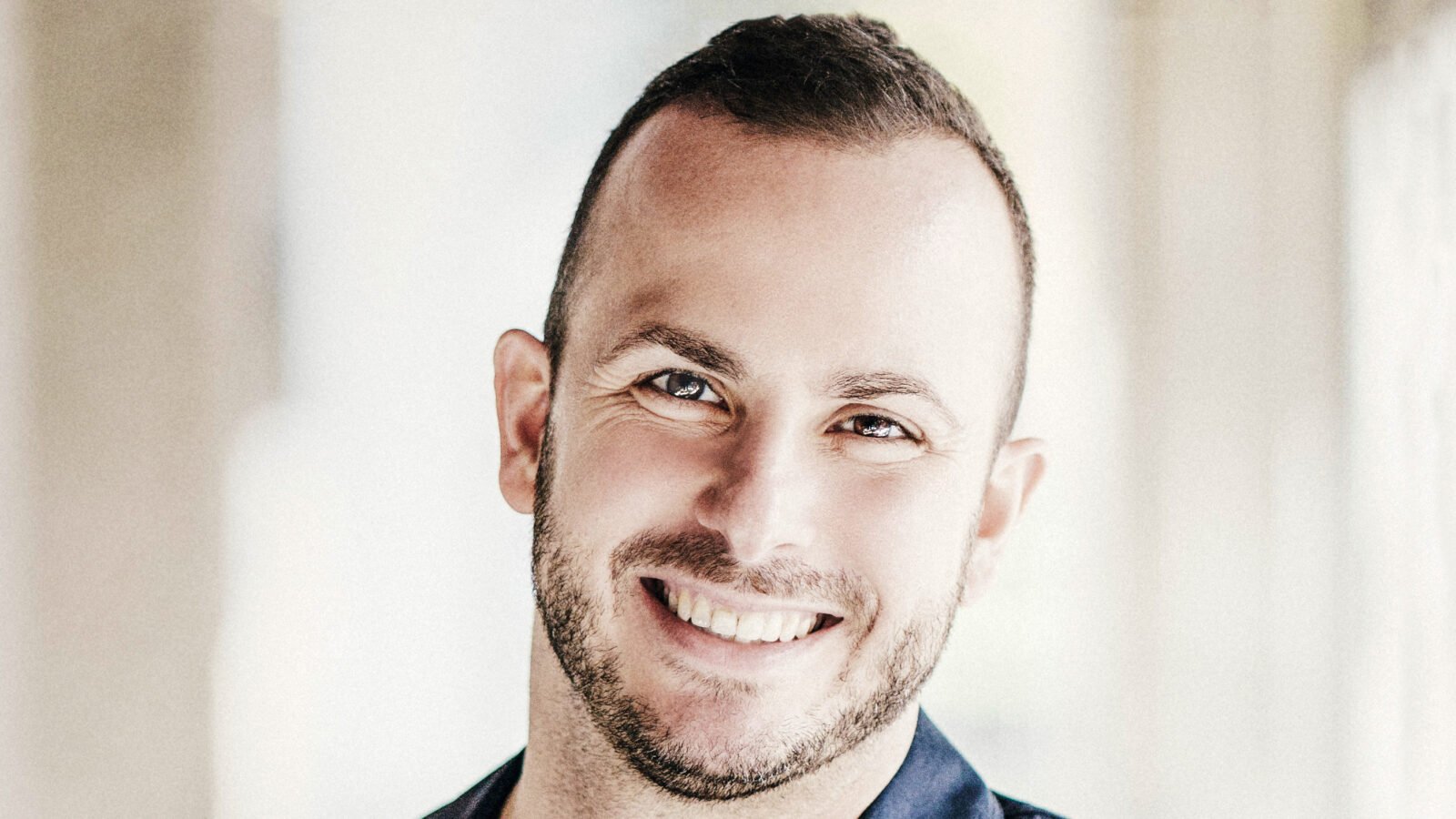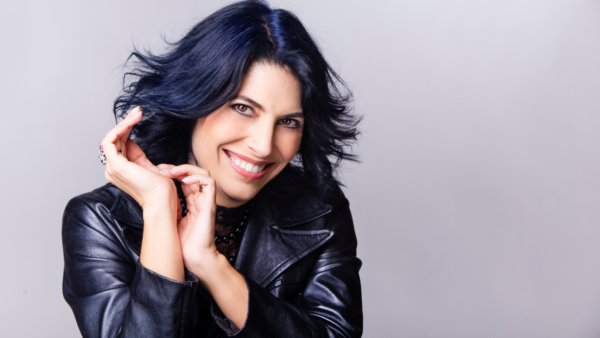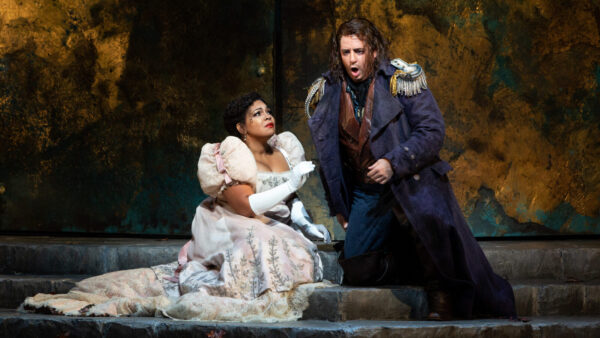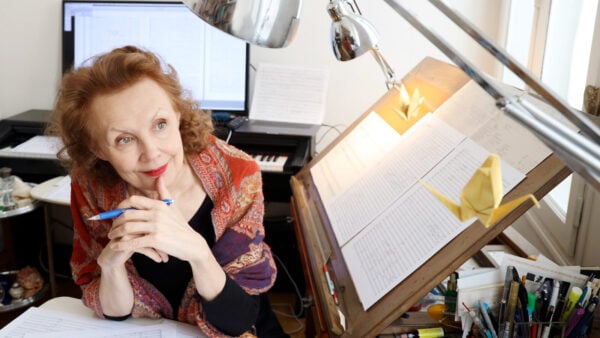
Mezzo-soprano Vivica Genaux
Have you ever wondered how opera singers are able to sing so many notes so easily? Mezzo-soprano Vivica Genaux is known for her incredible ability to sing coloratura, or highly ornamented vocal lines. Originally from Fairbanks, Alaska, Genaux has travelled the world dazzling audiences with her vocal pyrotechnics.
Though she is known particularly for her performances of Vivaldi, Handel, and their contemporaries, her repertoire spans several centuries. Since making her professional debut in 1994, she has received many awards and honors, including the 2017 Handel Music Prize from the Handel House Foundation, and nominations for five Grammy Awards.
“Everybody comes to me to learn coloratura and I really feel obviously there’s a nature/nurture kind of factor to it. Coloratura has always been fairly easy for me. It depends on how much ‘fast twitch’ muscle compared to ‘slow twitch’ you have in the mechanism. It’s like athletics,” she said. “Some people are more suited to slow and steady. And some people are more suited to sports where you just click like that real fast and it’s done.
“I used to play violin and you can see everything that’s going on: you can see the shoulder, you can see the curvature of the fingers, you can see the elbows. And with the voice it’s all inside,” which presents a whole different set of challenges.
In teaching, Genaux has found that “most times, it’s the brain that’s not sending the correct message to the muscles.” So she uses the “think system” — her teacher told her “you don’t need to sing everything all the time. You really need to think something for a long time before you start to sing it. A lot of people get into vocal difficulties and also don’t obtain the final result in such a quick time if you just start hammering things and singing without doing the mental preparation first. I tend to stay on technique, and then once I see they have the flexibility to choose the color that they want to do, then we go into the musicality of the piece.”
Early on, Genaux worked with an instructor who “had a very aggressive technique. I liked that because I like getting into the music.” Later, however, she “got into trouble with that kind of technique because it involved a lot of lip positioning… No one ever talked to me about jaw flexibility nobody ever talked to me about tongue flexibility, nobody ever talked to me about soft palate. I was about 40, and the teaching for my whole life had been about ‘No it’s not right this way, do it this way.’ My tunnel of ‘correct’ just got smaller and tenser and tighter until I could hardly phonate. I would open my mouth and I didn’t know if a note was going to come out. It was really scary.
“So what you do when you finally reach rock bottom is look for solutions.” Here are some solutions that Genaux has found in her own journey as an artist.
A scientific approach
“Speech pathology and the science of singing is something I’ve just gotten into in the past five years. I was starting to have a lot of vocal problems due to tension. I was sick for 18 years with tracheitis and with sinusitis and things like that. I love what I’m doing, and I really want to be able to do it for a long time to come.
“I’ve talked with a friend of mine who’s a speech pathologist, and my sister who is also a speech pathologist. It’s really interesting now with the technology that we have that you can see what the cords are doing. I always found myself asking, ‘is it right? Am I doing it right?’ And they say, ‘You’re doing it! And it’s your choice how you want to do it. And I don’t want to change your vocal signature.’”
Sing it slowly
“I’m always amazed that singers, for some reason, feel like they should be exempt from the artistic process in that singing is something you should just be able to do automatically. People always come to me with a coloratura, and they say ‘I don’t know how to clean this up. I don’t know how to make it work better.’ And I say, ‘Sing it slowly,’ and they don’t know the notes. How can you do anything quickly if you can’t do it slowly first?
“Singers somehow think it either happens or it doesn’t. It’s not true. It’s a learned sequence of muscle movements. If your brain doesn’t know it and is not sending out the right instructions then these muscles have absolutely no hope. This is a revolutionary concept to some people. Every time I teach somebody with coloratura, I email them before I see them: ‘Even if it’s an aria that you’ve known for years, go through it at the piano, and play through it.’ I play like a chicken – one finger at a time. But play the notes slowly and make sure that your brain is following the same sequence. If you play a B flat and your brain was thinking a B natural, there’s a problem.
“Fix your programming first, then come to me and we’ll start putting it in the voice and making it go quicker. So many times people come even after I tell them that, and there is a wrong note, and they all want to do Bradamante’s ‘Vorrei vendicarme,’ which I think is the most hellish aria that Handel ever wrote. If there is one note wrong in any of those sequences, I’m sorry, you take it back, learn the notes, and come to me. I can’t do anything with it if the programming is wrong.”
It’s all about muscle memory
“First you have to learn the muscle sequence of the intonation. It’s like in the violin too. It’s a non-fretted instrument. You’re not just pushing down a key or a sequence of keys, but you’re actually correcting the intonation or anticipating the position of the intonation before you hit it.
“If the muscles don’t know where the note is, where that intonation is, then there’s no way you can do it fast. Every other musician in the world, every other ballerina every other person who does something exceptional and precise that is a built technique — they do things slowly. Ballerinas start off every single day at the barre. They do their pliés and use the mirror. Our problem is that we don’t have the mirror, but we have recording instruments.
“So first, you do it slowly with full voice – full cord involvement, full thyroid tilt – everything, wherever the real voice wants to be, not paying attention to any breaths. Just take a breath whenever you need to see where the knots are. If there’s something that’s happening when you’re singing it through full voice, that you’re hitting a wrong note, go back to the programming. It’s always one step forward, half a step back.”

Vivica Genaux (Photo: RibaltaLuce Studio)
Creating Color
“Once the muscles know where to go, then you make music, then you have flexibility. You can choose how you want to do it. And the challenge in baroque music is that you’re always ‘leaning off the horse.’ For bel canto, the technique is stable. You’re balanced, you have no tension, and the tongue root is lovely. For baroque, we’re always singing slightly over here, and then we come back to center… We’re working with all these filter muscles… We use the tongue to create different colors in the vowels.
“So there is work involved, there is work that can be associated with tension. The important thing is that you know where your center is, because otherwise you start singing everything with that tension ... I’ve seen that for myself, singing so much baroque music. I try to alert people to that when they sing the baroque music: You have to make those colors. And that’s the fun part of being in the mud, being in the sandbox, and creating these different colors and constructions.
“Develop your technique as well as possible so that you know when you’re singing balanced, how you’re obtaining various colors, what the pros and cons are of some of those colors… Know how those colors work, and what they produce, and what side effects those colors can have.”
Ask questions, try new things
“I was not encouraged to ask questions, and if I did ask questions I was always told that I needed to trust them, that I just needed to do it the way I was being told. And I say, ‘No! You do not need to do it the way someone says. You need to try it the way someone says.’ Ask questions if you don’t understand the imagery… Try things.
“Try ballet. Experiment with new approaches like opening your shoulders. See what it’s like to feel the axis vertebrae. How does it feel to sing in heels? Keep asking questions: ‘What is the soft palate? Why does the soft palate have to be closed?’ If you have these questions, find people who can answer them… We have the technology to see the vocal cords, now you can see the mechanisms.”
"Vive la différence"
“Vive la différence. Everybody’s different and you’re encouraged to do what you do best. Every artist, whether they admit it or not, they’ve got that bit in them that says, ‘I’m sure we’re going to get kicked out today.’ That’s just part of the mentality of what we do. We put ourselves out there and make it work every single time we perform it.
“Anything that makes you stand out and be different as an artist implies that somebody is going to like it and somebody is not. You have to be at peace with that. You’re not going to please everybody all the time. My credo becomes that I have to be happy with what I’m doing. If I’m happy, then somebody else might be happy with that as well.
“I believe that all music should be that couture; it should be made for your hand, for your voice, for your brain, and for your personality. I still maintain — on purpose — some of my tension issues, because it’s the way I like to sing… It’s how my heart wants to sing.
“You choose, by the way that you choose your instrument, how you want to express something. The more individual you are, the more conflict you’re going to cause. So dare to make those choices and accept the responsibility that those choices incur. That’s another reason for knowing your technique. Because if you hear a recording and don’t like how it came out, you still know what you were doing technically. Then you can change it. If you like it, but it gets under people’s skin: do it, be yourself. Always listen to other people’s advice, but you must be the person who chooses who you want to be musically, and personally.”
Video with Vivica Geneaux was recorded in April 2018 with Third Coast Baroque, led by Rubén Dubrovsky, at Trinity United Methodist Church in Wilmette, IL. Additional interview content in this article was recorded with Genaux before her performances with the Chicago Symphony Orchestra, led by guest conductor Fabio Biondi, in 2017.

